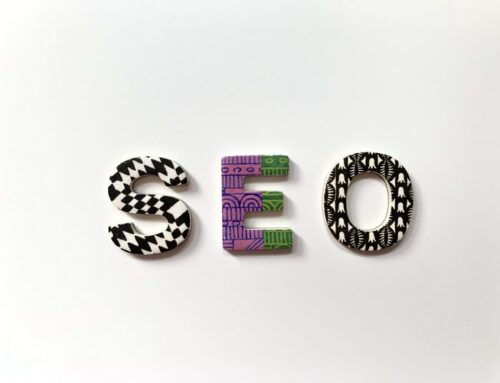Today social networking companies have evolved their pursuit of social ROI: a few years ago the debate was about if ROI was possible from social marketing. Then the dialogue turned to which ROI calculation was best. In recent years the discussion has taken on a new shape that combines the usage of ROI strategy best practices along with introduction of everyone deciding what ROI looks like for them. As you might guess, this latest interpretation of social ROI leaves a lot of grey area; but that is a good thing.
In 2016 social media marketing has grown exponentially past the fad stage to an essential business branding and communication channel. Social ideally should have a breadth and depth presence in all of the marketing that an agency provides for its clients. Deriving ROI from its usage has also developed into a more exact science which transcends the murky and almost mythical status it had just a few years ago. In fact, the top social networking companies can actually empower their clients and use their input to define ROI metrics. This strategy is ultimately more valuable than basing social marketing success on how many followers, friends, or Likes one has accrued.
Where to Start in the ROI Journey
The first thing experienced social networking companies do when setting strategy with clients is to define what success looks like. And every client is going to have a different definition of success. In general the client will want to see a contribution by social to the bottom line; in other words, how does social media help sell more books, shoes, widgets, etc. Google Analytics is quite helpful here with its definitions of ‘socially attributable’ data. More on this in the next section. But the framework of the ROI discussion is that it is most definitely possible to track social’s contribution to conversions. And while Google Analytics offers us one way of doing this, it is preferable to set up multiple ways to track social ROI.
Tracking ROI Using Multiple Sources
Twitter, for example, offers its own analytics, allowing agencies and clients the ability to see what content resonated with the audience. Facebook, Pinterest and other social platforms also offer their own versions of analytics. Social networking companies often will use tools to capture this information under one umbrella to make it easier to track and share with clients. Some of the tools available for this are Sprout Social, Buffer, Hootsuite, and a host of other paid and free platforms. Many of these allow for social media post scheduling then measurement of engagement with fans. As a social marketing agency deploys a campaign, reaction to the posts can be tracked and compared against previously agreed upon goals.
Social ROI in Action
For example, if the client wants to build buzz about a big holiday sale, then the social agency will post about the offer and how the sale features the best prices on merchandise, with photos, video, coupons and other content relevant to the upcoming sale. If the client’s goal was to get 1,000 people interested in the sale by downloading a special pre-sale coupon on the website, then that offer can be included in all the pre-sale social messaging. At the end of the promotion, the agency and client can sit down and assess outcomes. The strategy can even be adjusted mid-stream if they believe that they can take advantage of methods to grow coupon downloads.
Social ROI Doesn’t Only Mean Sales
Social media is a highly flexible channel for receiving immediate feedback from fans. Directly asking people what they want and using that knowledge to provide an outstanding customer experience is fulfillment of a very important ROI factor: customer satisfaction.
Another key point on the agenda for defining and measuring social ROI: ensure all steps to conversion are measured along the way. Only measuring how many sales are attributable wholly to social media will not give you a complete understanding of how social adds to the bottom line. Think of yourself as a consumer: there are times that you know exactly what you want to buy and you go out and buy it immediately. Often the buying process takes a more circuitous route. You see something that someone else has and you get curious about it. Or you may see an item in an ad, or you just wonder if there is a cheaper way to accomplish a task. Each of these or other possible early stage buying scenarios lead a person to search for information. While billions of searches per day are performed on Google, social media sites handle millions of searches as well for trending topics.
People Use Social to Help with Decision-making
Social media is a powerful informant and the nurturing of a brand image on social media is made up of a lot more than how quickly one can drive a prospect through the sales process. People want to get recommendations on not only what they buy, but where to spend their leisure time (which includes many buying opportunities such as lodging, restaurants, transportation, etc.), and even who to spend it with (dating recommendations). Social media is a place to tell a brand story, to build relationships and then to ultimately develop the trust necessary to lead people to conversion.
Key Takeaway: You have control over your own social media ROI. Social networking companies can help you define it and use it to help you make decisions. At the outset of your campaign sit down with your agency and create a list of measurable goals. Ensure that you list all the conversion stepping stones along the way. Measure everything, then break it down further, and measure. In this way you will discover what people want and how you can continually delight them with your products and services.






 CERTIFIED EXPERT
CERTIFIED EXPERT